Viettel has been commercially deploying 5G in many provinces and cities across the country for the past 9 days. Testing and speed measurements showed that while the signal wasn't exceptionally fast at times, it was almost indistinguishable from 4G; in fact, some mobile devices couldn't even detect 5G at home or at work.
Regarding this issue, Mr. Hoang Duc Thanh - a Telecommunications Engineer at Viettel Group - pointed out the reason: when measuring at a station with only one device performing 5G speeds, speeds can reach 300-400Mbps, or even up to 500Mbps. However, the actual speed can vary depending on the measurement location, the routing server used for testing, and the number of users simultaneously.
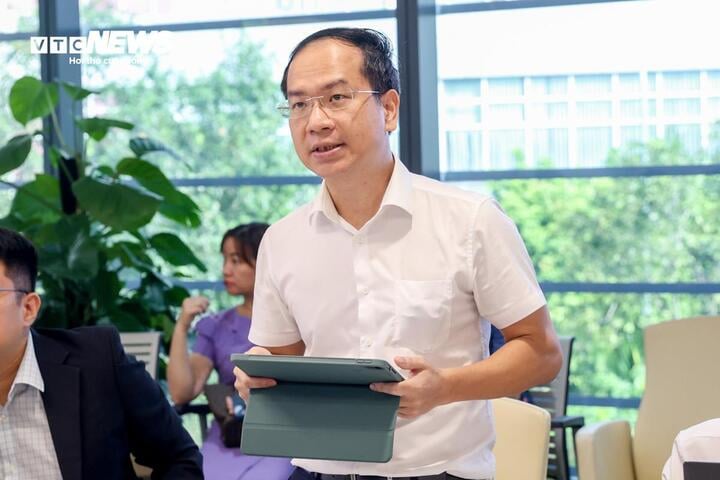
Mr. Hoang Duc Thanh - Telecommunications Engineer at Viettel Group.
During the measurement process using 5G speed testing apps (speed test and i-speed network speed measurement apps), if there is only one measuring device, the 5G BTS station will allocate all resources to that single subscriber. Therefore, when standing near the station and using only one measuring device, the speed will be very high.
"Furthermore, if many devices access 5G from the same 5G base station, it will lead to resource sharing, which will cause users to experience slower speeds, even slower than 4G," Mr. Thanh stated.
Sharing the same view, Ms. Nguyen Thi Tam - Deputy Director of Viettel Network Corporation - also pointed out another reason: "Testing software has algorithms that automatically select the nearest servers for testing; however, some servers have outdated configurations, and in cases where the test speed is consistently low, the 5G system may malfunction, and technicians will need to check it."
However, in reality, apart from speed tests that utilize the full bandwidth of a station to measure speed, for normal user needs such as web browsing, watching YouTube, or streaming videos online, a bandwidth of 5-7Mbps is sufficient to view content in FullHD resolution.

Ms. Nguyen Thi Tam - Deputy Director of Viettel Network Corporation.
Viettel's 5G deployment over the past 9 days has also shown a very rapid increase in usage. Nationwide, 5G usage is only 5% of 4G usage; however, in urban areas alone, 5G usage has reached nearly 15%, and the number of people accessing 5G simultaneously is also increasing rapidly.
Regarding the 5G rollout roadmap in Vietnam, a representative from Viettel stated that the network operator is prioritizing deployment in urban areas. Accordingly, more than 6,500 5G base stations have been installed, covering 95% of the outdoor population.
By 2025, network operators will continue to expand indoor coverage. According to the plan for the next 3-5 years, users in urban areas, tourist areas, and industrial zones will be able to use 5G indoors, similar to the 4G experience they have now.
"If we compare Vietnam with other ASEAN countries in the 5G race in the next 1-2 years, Vietnam will be on par with Thailand, or even ahead," affirmed Ms. Nguyen Thi Tam, Deputy Director of Viettel Network Corporation.

Mr. Nguyen Van Son, Director of Viettel Telecom's Mobile Center.
Regarding user feedback about whether 5G consumes more data than 4G for the same usage needs, Mr. Nguyen Van Son, Director of Viettel Telecom's Mobile Center, affirmed that 5G does not consume more data than 4G if the tasks and content are used at the same quality, especially for basic user needs such as accessing social media and downloading documents.
According to representatives from Viettel Telecom's mobile center, some possible reasons include users experiencing services that require ultra-fast speeds that were previously difficult to provide with 4G, such as watching 4K high-resolution videos or using augmented reality (AR)/virtual reality (VR) applications.
Source



![[Photo] Prime Minister Pham Minh Chinh receives the Governor of Tochigi Province (Japan)](/_next/image?url=https%3A%2F%2Fvphoto.vietnam.vn%2Fthumb%2F1200x675%2Fvietnam%2Fresource%2FIMAGE%2F2025%2F12%2F16%2F1765892133176_dsc-8082-6425-jpg.webp&w=3840&q=75)
![[Photo] Prime Minister Pham Minh Chinh receives Lao Minister of Education and Sports Thongsalith Mangnormek](/_next/image?url=https%3A%2F%2Fvphoto.vietnam.vn%2Fthumb%2F1200x675%2Fvietnam%2Fresource%2FIMAGE%2F2025%2F12%2F16%2F1765876834721_dsc-7519-jpg.webp&w=3840&q=75)
![[Live] 2025 Community Action Awards Gala](/_next/image?url=https%3A%2F%2Fvphoto.vietnam.vn%2Fthumb%2F1200x675%2Fvietnam%2Fresource%2FIMAGE%2F2025%2F12%2F16%2F1765899631650_ndo_tr_z7334013144784-9f9fe10a6d63584c85aff40f2957c250-jpg.webp&w=3840&q=75)
![[Image] Leaked images ahead of the 2025 Community Action Awards gala.](/_next/image?url=https%3A%2F%2Fvphoto.vietnam.vn%2Fthumb%2F1200x675%2Fvietnam%2Fresource%2FIMAGE%2F2025%2F12%2F16%2F1765882828720_ndo_br_thiet-ke-chua-co-ten-45-png.webp&w=3840&q=75)



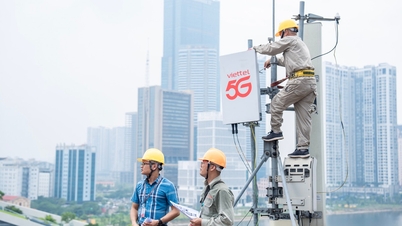




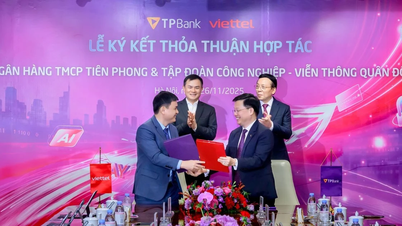






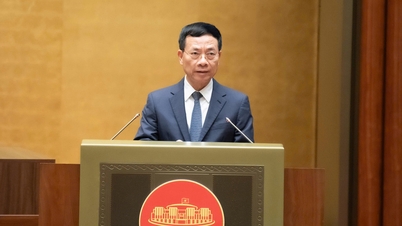





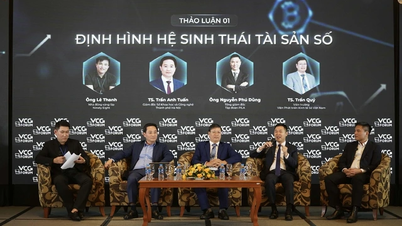












































![[Photo] Prime Minister Pham Minh Chinh attends the Vietnam Economic Forum 2025](https://vphoto.vietnam.vn/thumb/402x226/vietnam/resource/IMAGE/2025/12/16/1765893035503_ndo_br_dsc-8043-jpg.webp)

































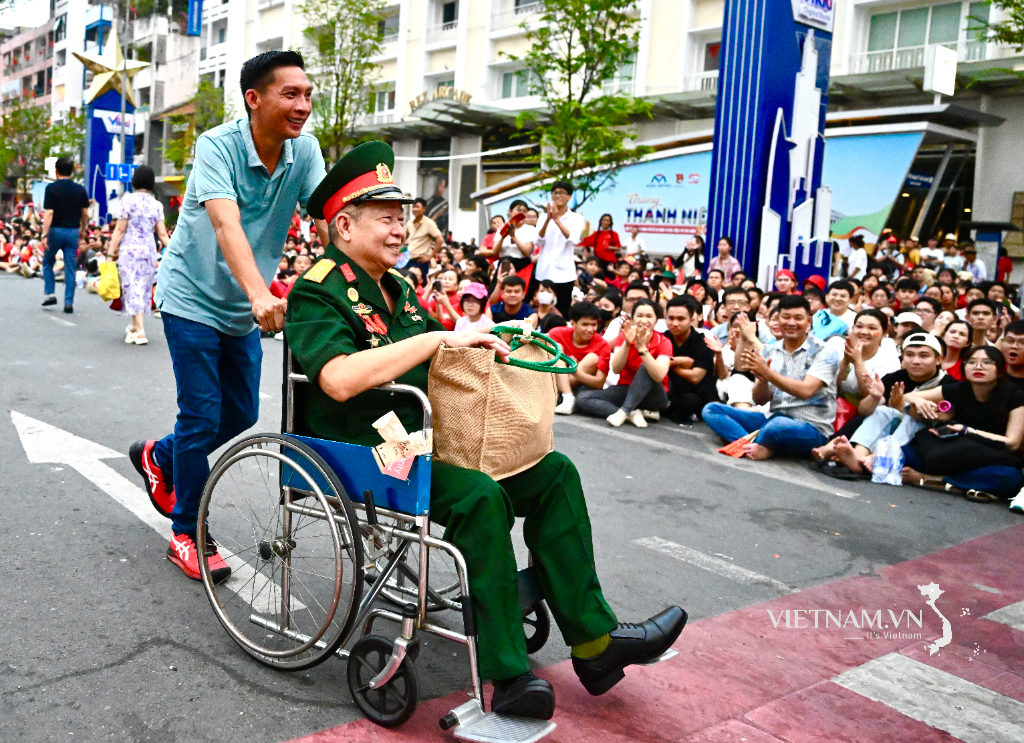

Comment (0)